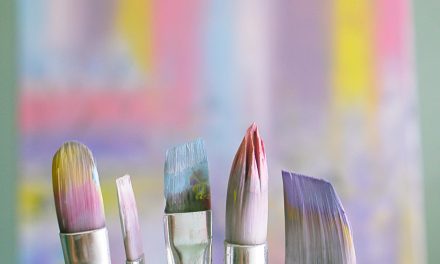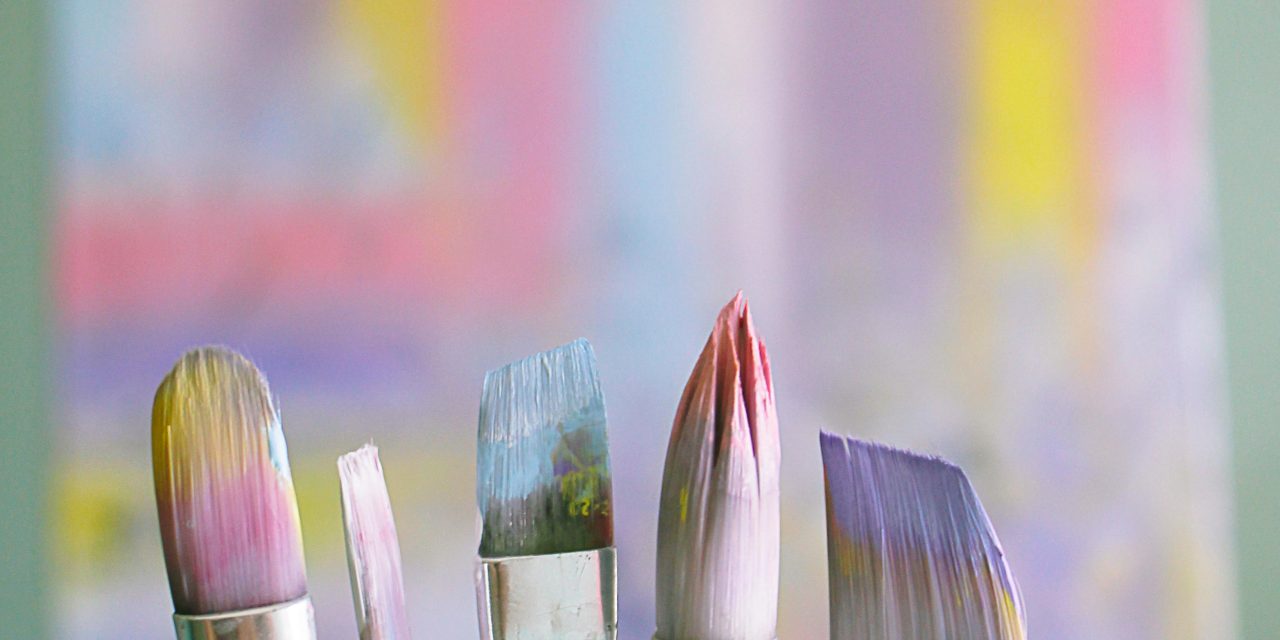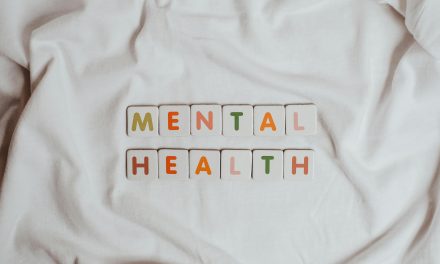Art as a Healing Medium: Addressing Mental Health Challenges in Society In a world increasingly characterized by rapid change, social pressures, and the pervasive influence of technology, mental health challenges have become a significant concern for individuals and communities alike. As society grapples with these issues, the therapeutic potential of art has emerged as a vital resource, providing a unique avenue for emotional expression and healing. Through the creation and experience of art, individuals can navigate their mental health challenges and foster a deeper connection to themselves and others.
Art serves as a universal language, transcending the barriers of culture, age, and socioeconomic status. Whether through painting, music, dance, or writing, artistic expression allows individuals to communicate feelings that may be difficult to articulate verbally. This form of expression can be particularly beneficial for those struggling with mental health issues, such as anxiety, depression, or trauma. Engaging in creative activities can offer a constructive outlet for emotions, enabling individuals to process their experiences in a safe and supportive environment.
Numerous studies have demonstrated the positive effects of art on mental health. For instance, research has shown that participating in art therapy can lead to reduced symptoms of anxiety and depression, improved mood, and enhanced self-esteem. When individuals engage in artistic endeavors, they often enter a state of flow—an immersive experience that fosters mindfulness and allows them to escape the overwhelming thoughts and worries that accompany mental health challenges. This therapeutic effect is not limited to those diagnosed with mental illness; even individuals facing everyday stressors can benefit from creative expression as a means of coping and self-care.
Moreover, art has the power to foster community and connection, which are essential elements in mental health recovery. Group art therapy sessions, workshops, and community art projects can create a sense of belonging and shared purpose among participants. These collaborative experiences can break down the stigma surrounding mental health issues, encouraging open dialogue and understanding within communities. By sharing their stories through art, individuals can inspire others, cultivate empathy, and promote a culture of support and healing.
The integration of art into mental health initiatives is already gaining traction in various settings, from healthcare facilities to schools. Art therapy programs are being implemented in hospitals, offering patients a means of coping with their illnesses and the emotional turmoil that often accompanies them. Similarly, educational institutions are increasingly incorporating art into their mental health curricula, recognizing its potential to help students express themselves and manage stress.
In addition to formal therapy, the accessibility of art in everyday life allows individuals to explore their creativity independently. Whether it involves doodling during a meeting, playing an instrument at home, or journaling as a form of reflection, these moments of artistic expression can serve as powerful tools for mental well-being. Encouraging a culture that values creativity and self-expression can help individuals discover new facets of themselves, fostering resilience and emotional growth.
In conclusion, as society continues to confront the complexities of mental health, art emerges as a vital resource for healing and connection. By harnessing the therapeutic power of artistic expression, individuals can navigate their challenges and build a supportive community that nurtures mental well-being. At Sahara we believe in embracing art as a core component of mental health initiatives to not only enrich individual lives but also cultivate a more compassionate and understanding society. In this way, art transcends mere creation; it becomes a beacon of hope and healing in the face of adversity.







